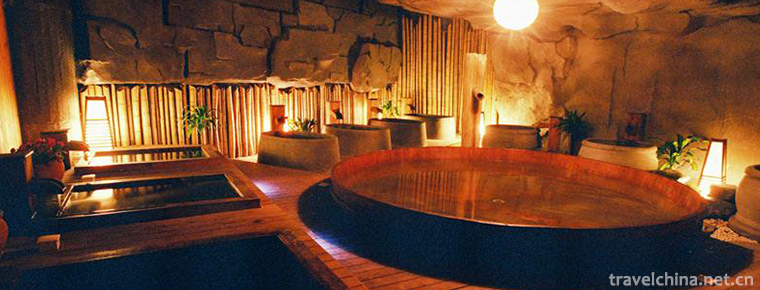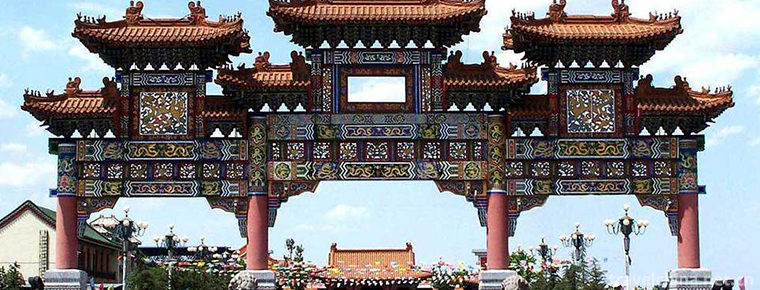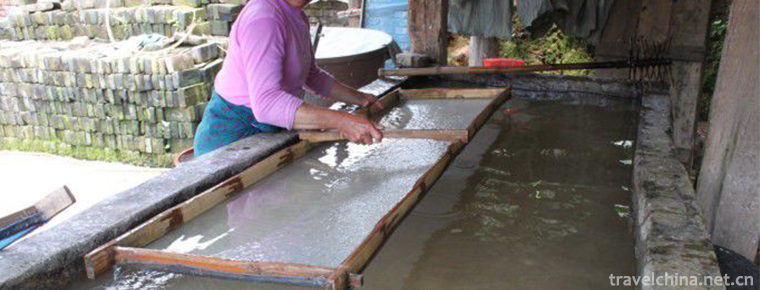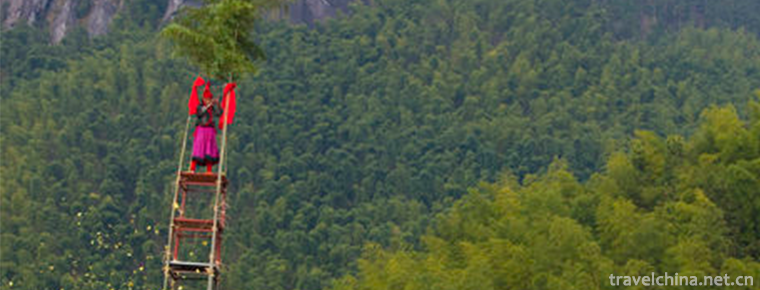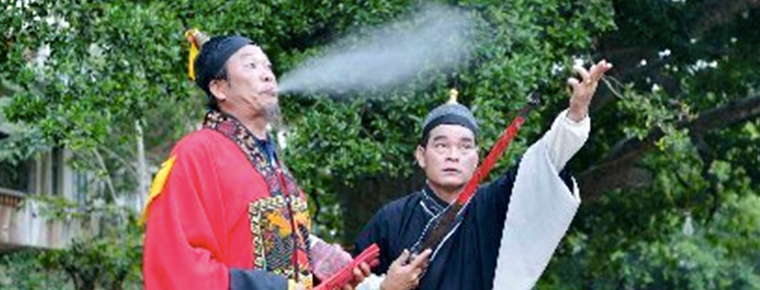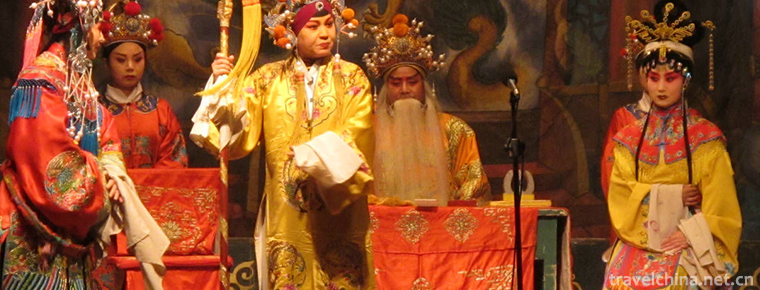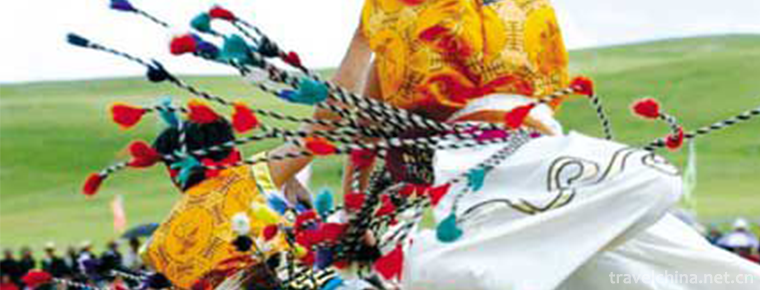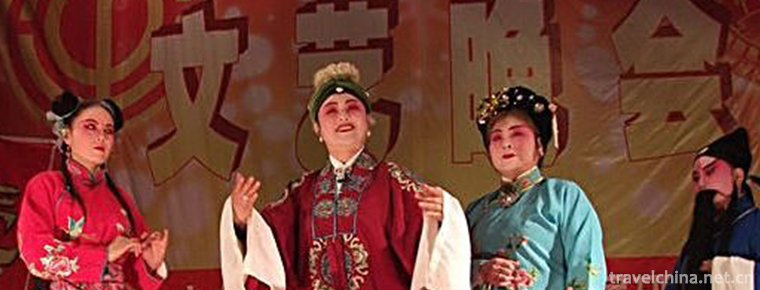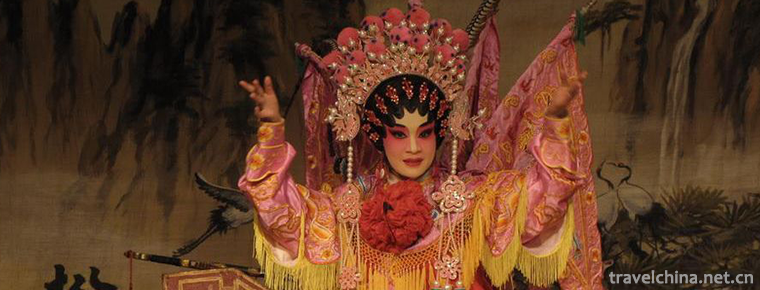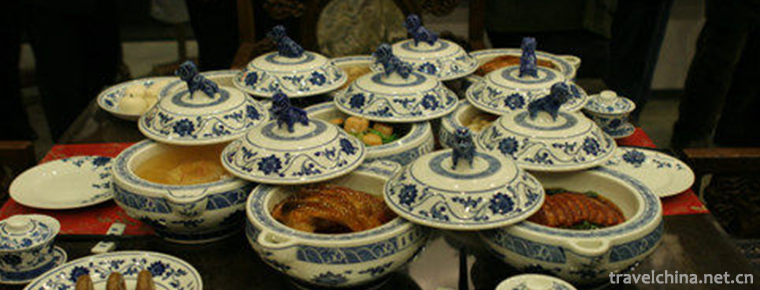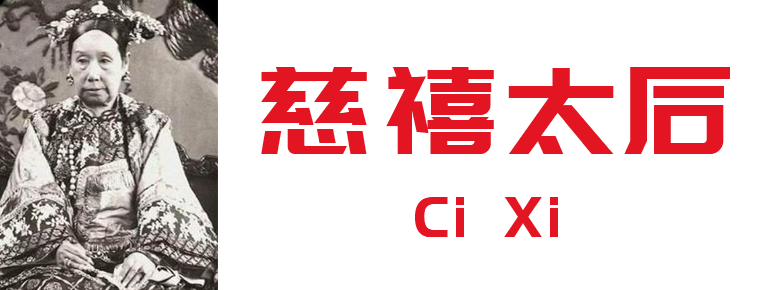south china botanical garden
The South China Botanical Garden of the Chinese Academy of Sciences, which belongs to the Chinese Academy of Sciences, is one of the most important botanical and ecological research institutions in China.
The South China Botanical Garden of the Chinese Academy of Sciences, formerly known as the Institute of Agriculture, Forestry and Botany of National Sun Yat-sen University, was founded in 1929 by academician Chen Huanyong, a famous botanist; it was renamed the South China Botanical Research Institute of the Chinese Academy of Sciences in 1954; it was renamed the South China Botanical Garden of the Chinese Academy of Sciences in October 2003; In 2008, the South China Botanical Garden of the Home AAAAAA class tourist attractions.
By the end of 2015, there were 402 employees in South China Botanical Garden of the Chinese Academy of Sciences, including 307 professional and technical personnel (61 senior and 79 vice senior). There are two provincial key laboratories, one provincial engineering and technology research center, one provincial resource bank, one appraisal center, three key laboratories of CAS, four garden-level research centers, and three field ecological observation and research stations. As of August 2015, the South China Botanical Garden Herbarium of the Chinese Academy of Sciences has more than 1 million specimens and 210,000 professional books and periodicals. According to the official website of Botanical Garden in January 2017, since 1979, 1059 postgraduates have been enrolled in South China Botanical Garden of the Chinese Academy of Sciences, including 383 doctoral students and 675 master students. In December 2017, it was selected as the first batch of practical education bases and camps for primary and secondary school students in China by the Ministry of Education.
Historical evolution
In the autumn of 1928, Chen Huanyong set up a plant research laboratory at National Sun Yat-sen University.
In 1929, it was expanded to the Institute of Botany, National Sun Yat-sen University. Later, because "the establishment of botanical research institute belongs to the cause of the Ministry of Research, in order to better meet the purpose of agricultural application, the name of Botanical Research Institute was later crowned"agriculture and forestry".
In June 1954, it was renamed the South China Institute of Botany, the Chinese Academy of Sciences.
In 1955, the Institute set up the Eco-Geophyte Plant Research Laboratory and opened plant physiology.
In 1956, Academician Chen Huanyong of the South China Institute of Botany of the Chinese Academy of Sciences and others established the South China Botanical Garden. In the same year, the Dinghu Mountain Arboretum (Dinghu Mountain National Nature Reserve) was also established, which pioneered the cause of natural reserves in China.
In 1959, the South China Institute of Botany, Chinese Academy of Sciences, established the Xiaoliang Tropical Plantation Ecosystem Positioning Research Station.
In 1962, the Institute set up an additional research laboratory of plant morphology and anatomy.
In 1973, the Institute set up a plant genetics laboratory.
In 1978, the Dinghushan Forest Ecosystem Location Research Station was built by South China Institute of Botany, Chinese Academy of Sciences.
In 1984, the Research Institute established the Heshan Hill Comprehensive Test Station in Heshan.
In 1986, the South China Botanical Research Institute of the Chinese Academy of Sciences and the Guangdong Environmental Protection Bureau jointly established the South China Rare and Endangered Plant Reproduction Center.
In the first half of 2002, China Academy of Sciences successfully entered the pilot sequence of the Knowledge Innovation Project. In December of the same year, the Chinese Academy of Sciences made a strategic adjustment of "two gardens and three gardens", abolishing the establishment system of South China Botanical Research Institute and changing it to that of South China Botanical Garden.
On October 16, 2003, the South China Botanical Research Institute of the Chinese Academy of Sciences was renamed the South China Botanical Garden of the Chinese Academy of Sciences.
In 2008, the South China Botanical Garden of the Chinese Academy of Sciences was awarded the National AAAA Tourist Scenic Spot by the National Tourism Administration.
In 2012, the South China Botanical Garden of the Chinese Academy of Sciences and the Ministry of Environmental Protection signed the agreement of "jointly building the Dinghushan National Nature Reserve in Guangdong Province".
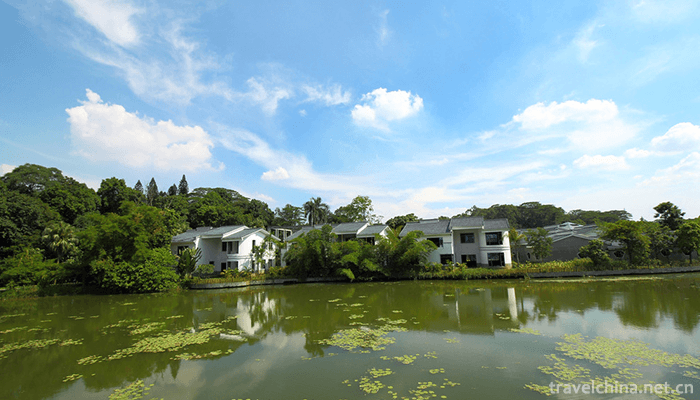
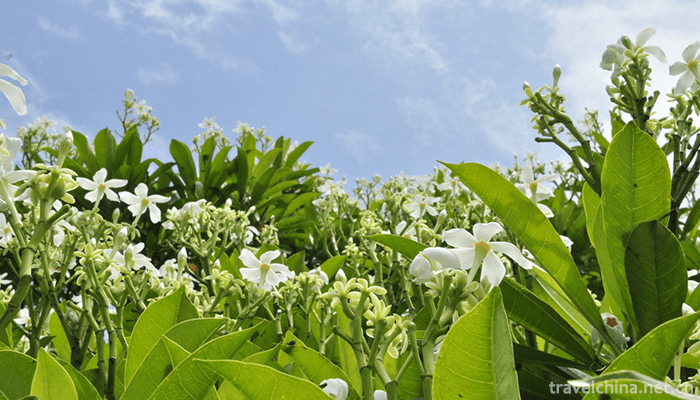
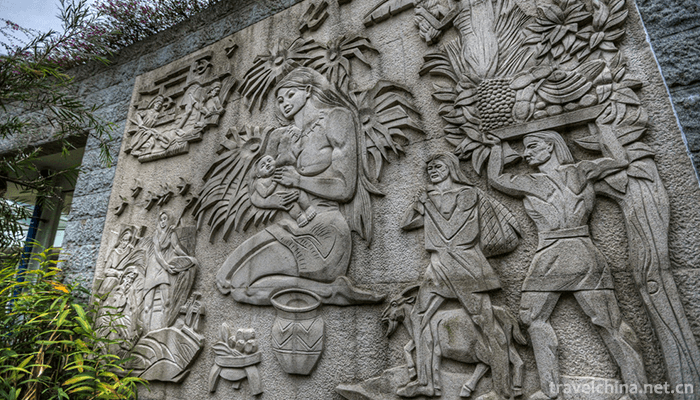
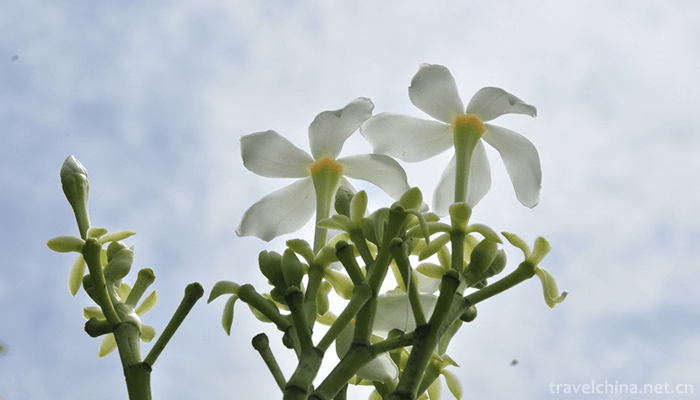
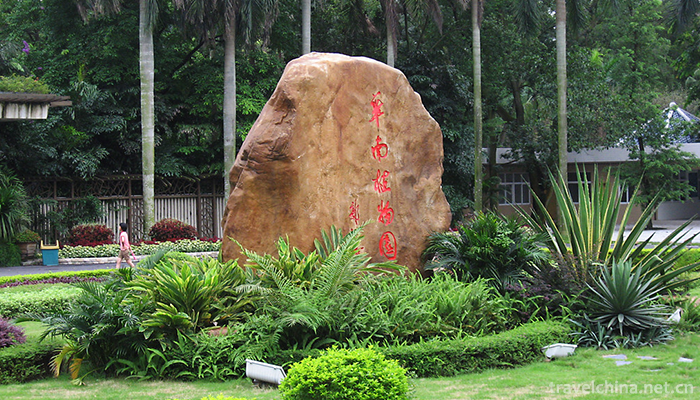
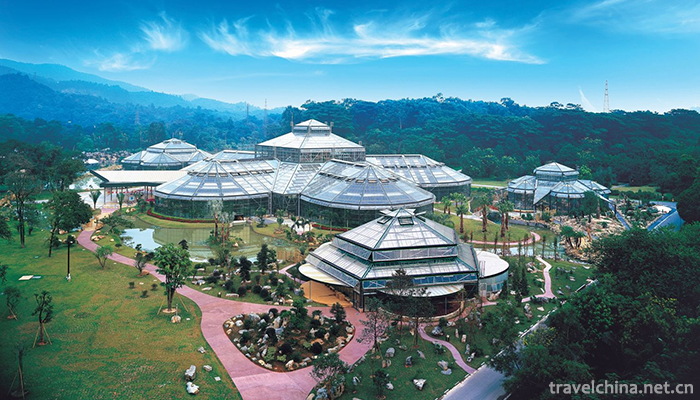
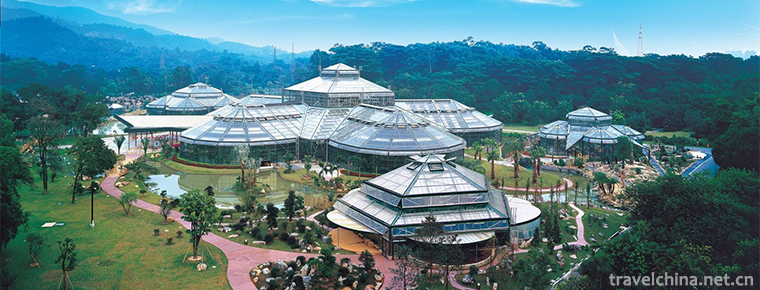
south china botanical garden
-
Dongshan Lake Hot Spring Resort
Dongshan Lake Hot Spring Resort is the first national AAAA-level scenic spot in Chaozhou City. It is located in the Dongshan Lake scenic spot of Shaxi Town at the junction of Chaozhou
Views: 162 Time 2018-12-19 -
Dongshan Cultural Garden
At the East Gate of Wu'an City, there is a beautiful landscape of lakes and mountains, with beautiful gardens scattered in pavilions and pavilions - Dongshan Cultural Park.
Views: 138 Time 2018-12-19 -
Manufacturing Techniques of Tussah Paper
The manufacturing history of tussah paper is as long as that of linen paper. The raw material for making the paper is the phloem fibers of the tree. The bark of the tree contains wood phloem fibers wh
Views: 196 Time 2019-04-18 -
Turn over to the nine floor
The Ninth Floor, also known as the Ninth Floor, is a traditional folk activity popular in northeastern Fujian and southern Zhejiang. It is mostly used in rituals such
Views: 328 Time 2019-04-29 -
Hainan Zhai Opera
Hainan Zhai Opera is a traditional sacrificial ritual drama in Hainan Province. It is similar to the Nuo Opera in northern China. It is known as "Nuo Opera in the north
Views: 221 Time 2019-05-02 -
Heyang jumping drama
Heyang Dance Opera is a kind of local opera in Heyang County, Shaanxi Province. It belongs to the nature of social opera. When performing, there is no singing voice,
Views: 390 Time 2019-05-02 -
Reba Dance
Reba dance is a form of dance performed by Tibetan "Reba" artists. Reba is a group of street artists who make a living selling arts (usually composed of family as the basic unit) performing,
Views: 203 Time 2019-06-11 -
Xihe Opera
Xihe Opera, also known as Xingzi Xihe Opera, is a traditional opera popular in Xingzi, De'an and Jiujiang counties and cities of Jiangxi Province. Its main vocal cavity is Pihuang, also known as "
Views: 140 Time 2019-07-01 -
Cantonese opera Yuequ
Cantonese Opera is a popular Cantonese dialect area in Guangdong and Guangxi, and has spread to Hong Kong, Macao, Southeast Asia and the Americas where Cantonese overseas Chinese live. It is a variety
Views: 191 Time 2019-07-16 -
Cuisine Skills of Official Cuisine in Zhili
The culinary skill of official dishes in Zhili is a precious cultural heritage of Baoding ancient city. Since the Qing Dynasty and the Republic of China, official cuisine and cooking skills in Zhili h
Views: 162 Time 2019-07-25 -
Beijing University Of Chemical Technology
Founded in 1958, Beijing University of Chemical Technology, formerly known as Beijing Institute of Chemical Technology, is a high-level university founded by New China for "training advanced chem
Views: 159 Time 2019-09-06 -
Empress Dowager Ci Xi
Ci Xi (November 29, 1835 - November 15, 1908) is the queen of Xiao Qin chin. Yehiel Bernard La Shi, Xianfeng Emperor Concubines, Tongzhi Emperor The birth mother. Important in late Qing Dynasty Politi
Views: 285 Time 2019-09-07
